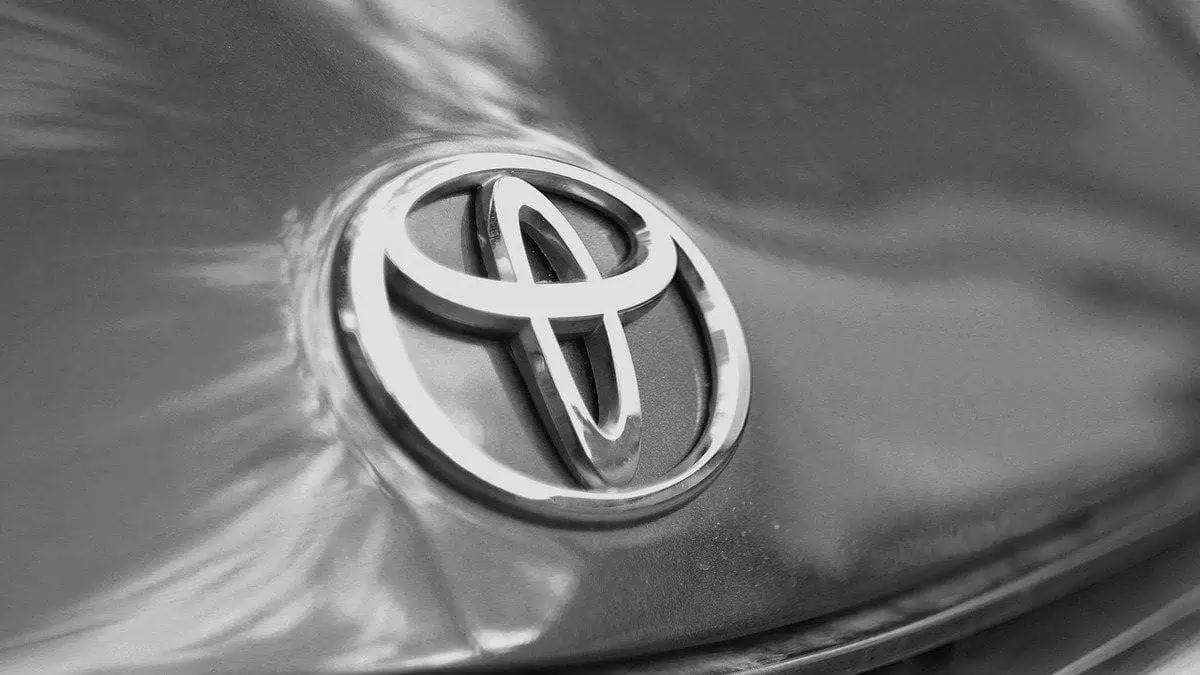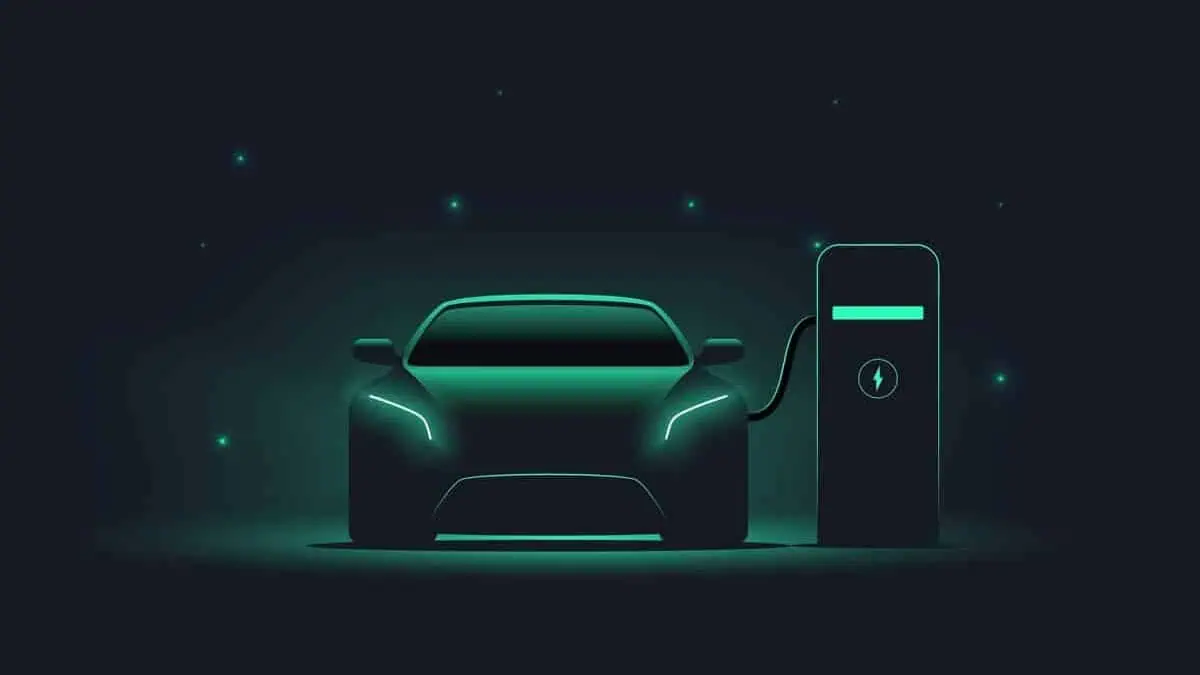Toyota‘s electric vehicle manual transmission development finally showed progress with the launch of a concept car at the 2023 Tokyo Auto Salon on January 13 to 15.
Former Toyota Motor President Akio Toyoda unveiled the Toyota Corolla Levin (AE86) BEV concept, stating that the automaker offers “Carbon neutrality for protecting beloved cars.”
Toyota Corolla Levin (AE86)
One of the most remarkable features of the concept was the brand name design, which highlighted the EV in green.
The Toyota Corolla Levin is equipped with an electric motor, also utilized by the Toyota Tundra Hybrid truck. Meanwhile, its battery pack is from the Prius.
However, the most exciting detail of the concept was that its design retained the clutch and five-speed transmission untouched.
Drive demonstration
Masahiro Sasaki, a Toyota test and racing driver, demonstrated the BEV during the exhibition. Levin showed off its wild sideways maneuvers, a lot of tire smoke, and the transmission operation. In effect, it aided the driver in controlling how much power to use before and after the tight “S” turns.
“The transmission is really not necessary with an electric motor. But this car was set up to have the transmission and clutch in order to keep the feel of the car, and the joy of driving such a classic.”
Masahiro Sasaki, a Toyota test and racing driver
The concept aligned with Toyota’s Tokyo Auto Salon 2023 theme of “leaving no car lovers behind,” given that the BEV design has not replaced other components apart from the powertrain.
Engineering
As mentioned, the engineers who worked in the development of the Levin strategically retained the body of the vehicle to maintain its lightweight. The engineers have also installed rollbars and racing bucket seats without removing anything from the previous version.
They installed the motor on a shallow level and towards the engine bay with a linked transmission. Furthermore, its battery pack Prius was retrofitted at the floor.
CleanTechnica noted that with this architecture, “a 53:47 bias was achieved, the kind of ratio needed for a rear-wheel-drive vehicle.”
Meanwhile, using sensors to synchronize motor speeds when shifting was necessary to link the electric motor to the 5-speed manual transmission using a clutch. It is also worth noting that the rear differential remains unchanged primarily because it is a rear-wheel-drive vehicle.
Why is this a good idea?
The cost of classic car restoration or even preservation is very high in Japan. It also requires harder work than powertrain conversion, as noted by a Japanese journalist and EV fan via CleanTechnica.
“There is so much to look forward to when the aftermarket starts grasping what they can do with electric powered cars. Hybrid is so successful here in Japan, we forgot about battery electric all together. In Japan, restoring, preserving and keeping classic cars running is expensive and very hard work. Conversions might be a good option.”
Hoshiro Nakanishi, journalist, and EV enthusiast
A Filipino mechanic also believes conversion is a good idea to maintain classic cars on the road.
“Making vintage cars driveable in the age of carbon neutrality is a wonderful idea. To have old cars get back to life or remain on the roads powered by hydrogen or electricity is great.”
Buboy Roño, a Filipino auto mechanic in Yokohama
Former CEO Toyoda has also highlighted his perspective on electrification, which he believes would take a long time.
“By simultaneously promoting the carbon neutralization of not only new vehicles but also of vehicles currently in customer use is essential for the future, we can ensure the joy of driving cherished classic cars is not lost in the age of carbon neutrality.”
Akio Toyoda
However, with the leadership changes at Toyota, a new approach has been announced. The new CEO Koji Sato now pledged to accelerate the automaker’s transition to electric vehicles.






